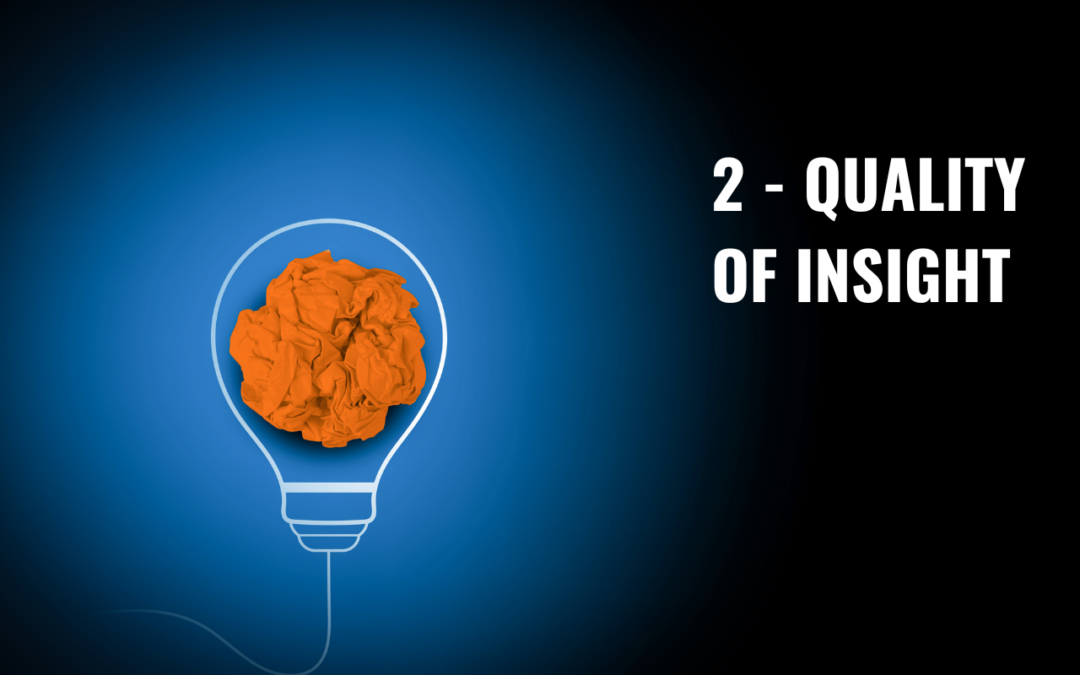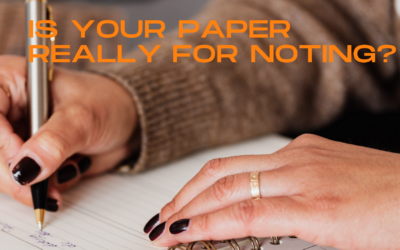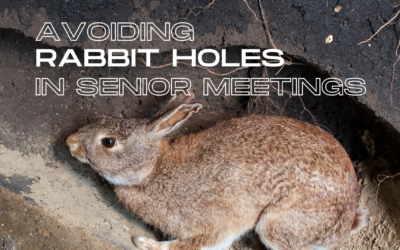Last week I introduced the most important metric for evaluating whether communication is of a high standard or not. It’s not what you think.
If you haven’t read it yet, go here.
Today I move onto sharing my second ingredient for quality communication: quality of insight.
Let me ask: Do your papers deliver significant value to your project, team or organisation? Do they connect some dots to offer a new idea that adds value to the strategy, returns, processes or perhaps by reducing risk?
This relates to synthesis, which is where both the challenge and opportunity lie when improving high-stakes communication.
In his 2005 book A Whole New Mind best-selling author Daniel Pink commented synthesis as the ‘killer app’ in business in what he calls the new Conceptual Age.
“What’s in greatest demand today isn’t analysis but synthesis – seeing the big picture and crossing boundaries, being able to combine disparate pieces into an arresting new whole”.
Or more simply, the formula we used at McKinsey is that synthesis is summary + insight.
SYNTHESIS = SUMMARY + INSIGHT
Without wanting to be too pointy about it, Daniel Pink was right. Most people can summarise. So can natural language processing tools such as ChatGPT, if given the right data set.
The real value we humans bring is to connect that factual summary with our own insights stemming from our understanding of the context.
So, to offer high-quality, valuable insights, you need to be technically strong and in touch with commercial and stakeholder imperatives.
This means that you and your leaders need to work together. You need a common strategy for tying together complex ideas to make them seem simple.
You need a structured way to collaborate when synthesising your message.
So, ask yourself about the consequences of delivering poor-quality insights. How well thought through are the ideas your team shares with you?
When it works, individuals and teams get the balance right between the import of the message, the value it delivers and the time they invest to prepare it.
And, as I mentioned last week, they do it with minimal rework.
This brings me to my third ingredient, velocity, which I’ll talk about next week.
Cheers,
Davina
RELATED POSTS
When to avoid reviewing other people's papers and presentations
Most of us review communication for colleagues....
How to be human when communicating with senior leaders
A couple of situations this week reminded me of...
How to deliver better board and SLT papers more quickly
TLDR ..... 1. Thank you for the LinkedIn...
Is your paper really for noting?
Hello Davina, TLDR .....1. Thank you for the...
How to keep your board on topic
How to keep your board on topic Has this...
How to build trust with senior leaders
TLDR: The answer is to provide less information...

PRESENTED BY DAVINA STANLEY
I love what I do.
I help senior leaders and their teams prepare high-quality papers and presentations in a fraction of the time.
This involves 'nailing' the message that will quickly engage decision makers in the required outcome.
I leverage 25+ years' experience including
- learning structured thinking techniques at McKinsey in Hong Kong in the mid 1990s before coaching and training their teams globally as a freelancer for a further 15 years
- being approved to teach the Pyramid Principle by Barbara Minto in 2009
- helping CEOs, C-suite leaders and their reports deeply understand their stakeholder needs and communicate accordingly
- seeing leaders cut the number of times they review major papers by ~30% and teams cut the amount of time they take to prepare major papers by ~20%*
- watching senior meetings focus on substantive discussions and better decisions rather than trying to clarify the issue
My approach helps anyone who needs to engage senior leaders and Boards.
Recent clients include 7Eleven, KPMG, Mercer, Meta, Woolworths.
Learn more at www.clarityfirstprogram.com
(*) Numbers are based on 2023 client benchmarking results.








